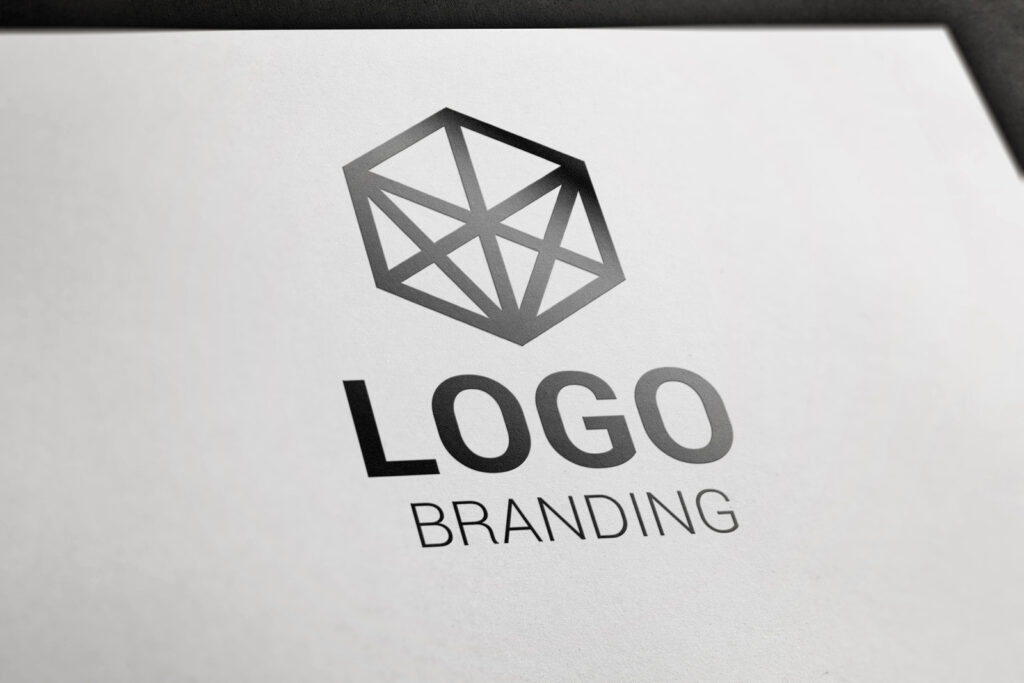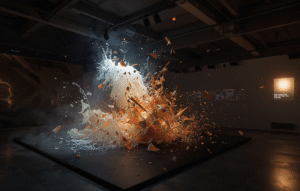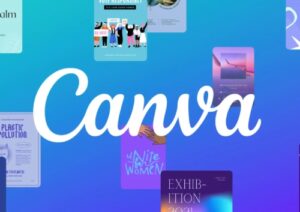Creating a captivating logo that represents your company’s priorities and captures its essence can be a challenge. However, a well-designed logo contributes to effective branding and plays a vital role in establishing a strong rapport with customers, so it’s more than worth the effort. Learn more about Decide Your Company Priorities for Your New Logo
In this guide, we’ll dive into the principles of logo design, examine various types of logos, and more to help you decide what your company should focus on when designing its logo.
Consider Your Brand Identity and Values
When designing your company logo, it’s essential to think about your brand identity and the values that define it. Understanding these core elements allows you to better communicate your company’s message through visuals, so reflect on what makes your business distinctive.
Consider using this sample four square graphic organizer to help you organize aspects of your brand and how you may want them presented. This visual can structure your brainstorming.
Suppose you’re a skincare brand that uses few ingredients in its products, is cruelty-free and vegan, and uses a compostable bottle. You clearly value eco-friendliness, animal welfare, and clean products. Your logo should highlight these values using the right colors, typography, and imagery. These elements combine together to create your brand identity or visual language.
If you can’t highlight all of your values in your logo, then your brand is too busy. Consider subtracting things from your brand identity, so you can prioritize the right things in your logo.
Consider the 7 Logo Design Principles
Once you have an idea of your brand identity and values, you can start the design process.
But before you ever put pen to paper, you need to consider the 7 logo design principles. Not only do these principles help you create better logos, but it also helps you sort your priorities.
Here are the 7 logo design principles and what they mean:
- Simplicity: Keep things simple when designing your logo, as a straightforward design is easily recognizable. Avoid overcrowding with too many elements or intricate details. Instead, focus on clean lines and minimalistic features.
- Memorability: A memorable logo makes it easier for customers to recall your brand and associate positive experiences with it. To achieve memorability, think of incorporating unique aspects that resonate with people and trigger emotions.
- Originality: An original logo is based on something that already exists but is tweaked to become unique. This offers utility, as there aren’t an infinite number of symbols that can represent one idea. For example, teeth, toothbrushes, and toothpaste are almost always in a dentist’s logo design, but individual dentists will put their unique touch on it.
- Modern Yet Timeless: Your logo should look new and be able to stand the test of time. Strive for a contemporary design free from trends that become outdated quickly while making sure it remains relevant over time as your company grows and evolves.
- Balance: Design balance entails harmonizing text, graphics, shapes, colors, and other elements in your logo seamlessly to deliver optimal visual stability without leaning too heavily on one component or another.
- Complementary: Consider choosing complementary design elements (e.g., colors and fonts) that encourage cohesion between dissimilar parts or clashing visuals.
- Versatility: Create a versatile logo that functions across various platforms, both online and offline, without losing its appeal amid different contexts and their characteristics. This maintains brand consistency and recognition, even when the logo is resized.
With these logo principles in mind, ask yourself what element you want to focus on. Ideally, you’ll focus on them all, but some principles will be more prominent than others. For example, if you want to market on multiple social media platforms, then versatility will be more important.

Consider the Various Types of Logos
There are 5 different types of logos
- Wordmarks consist of stylized text spelling out your company’s name. These are for businesses that have distinctive names or unique typography that’s distinct.
- Emblems combine text and icons within a single enclosed shape. Typically associated with traditional industries like education, they project professionalism and authority.
- Brandmarks focus on symbols or icons representing the company without any accompanying text. These logos rely on strong visual language to convey brand identity.
- Lettermarks only the initials of a company’s name to create a simple yet memorable design for businesses wanting an abbreviated version of their logo (think CNN or HBO).
- Combination Marks bring together elements of wordmarks or lettermarks with an icon or symbol in a unified design. These logos are often the most versatile.
For this section, you’ll prioritize what you want to say and how you want to say it. But it’s more likely that you’ll use one of each logo type for different scenarios. With that said, your main logo will be primarily associated with your brand, and you should spend the most time on it.
Consider What Your Competition is Doing
While establishing your company logo, analyzing competitor logos in your industry becomes vital. This research gives you insight into the design elements prevalent in your niche while helping you identify unique elements that can set you apart.
It can also give you an idea of what to prioritize in your design. If your competition uses a specific design element in its logos, then consider coming up with something different.
Ensure that you understand the visual language and brand values communicated by various successful businesses in your sector to inform your logo creation process. However, remember to prioritize originality over emulation. While competitor analysis offers inspiration and a sense of direction, forging a distinct identity for your brand warrants ultimate focus and creativity.
Consider the Logo’s Uniqueness and Creativity
It’s important to know the difference between a logo that’s original and one that’s unique, as these two terms get interchanged. However, they mean something different in graphic design.
While something unique can be original, something original isn’t always unique. That’s because something original is often used as a prototype, whereas something unique is unlike anything else. To make a unique logo, you need to start with an original logo, also known as a template.
We used the example of a dentist. A dentist can use teeth, toothbrushes, and toothpaste to create a logo. But if all they do is slap their name on these logos, then it’s simply original, not unique. To make the logo unique, they have to make something that’s not a copy. This isn’t easy, as most ideas have already been done. However, it’s worth the effort if you can do it.
Ideally, it’s always crucial to conduct a thorough trademark search before finalizing a logo design to ensure it’s truly unique and you are not unknowingly replicating from any other brand.
A unique logo is recognizable, and that’s everything you want a logo to be. Question how you can make your new logo noticeable to your target demographic. This may require A/B testing and customer surveys. While this process can take some time, it’s worth every penny.
In Conclusion…
As you embark on your logo design journey, remember to take into account the diverse aspects that contribute to making it memorable and effective. Don’t shy away from experimentation and creativity, but ensure the final outcome aligns with your company’s brand identity and values.
















0 Comments on "How to Decide Your Company Priorities for Your New Logo"
Would you like to share your thoughts?
Your email address will not be published. Required fields are marked *